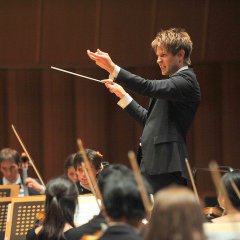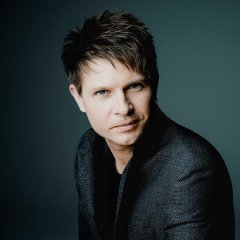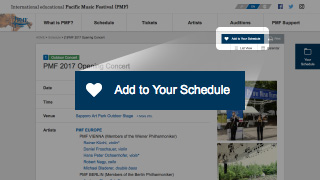At PMF 2011, Krzysztof Urbański (still in his 20s!) left lasting impressions on audiences and performers alike. He has since expanded his career steadily, taking on music director and chief conductor positions with well-known orchestras in Europe and the United States, making his debut with the Berliner Philharmoniker in 2014 and receiving the Leonard Bernstein Award in 2015. And now he returns to PMF!
In addition to appearing on Opening Night, Urbański will also conduct Program A (in Sapporo and Tomakomai) with a program including Grieg’s Piano Concerto performed by world-renowned pianist Jan Lisiecki! Lisiecki too is a recipient of the Leonard Bernstein Award (2013), and his synergy with Urbański is now well known. The program concludes with Shostakovich's beloved masterwork Symphony No. 5, of which Urbański - speaking of the prayerful 3rd movement - remarks, “This must surely be the most personal music [Shostakovich] ever wrote.”
☆Scroll down to the blue "Program notes" banner (below the program) to see Urbański's full remarks on this symphony!
☆Message to PMF
Krzysztof Urbański
Jan Lisiecki





